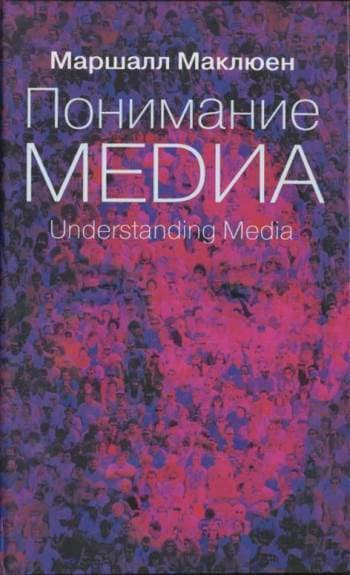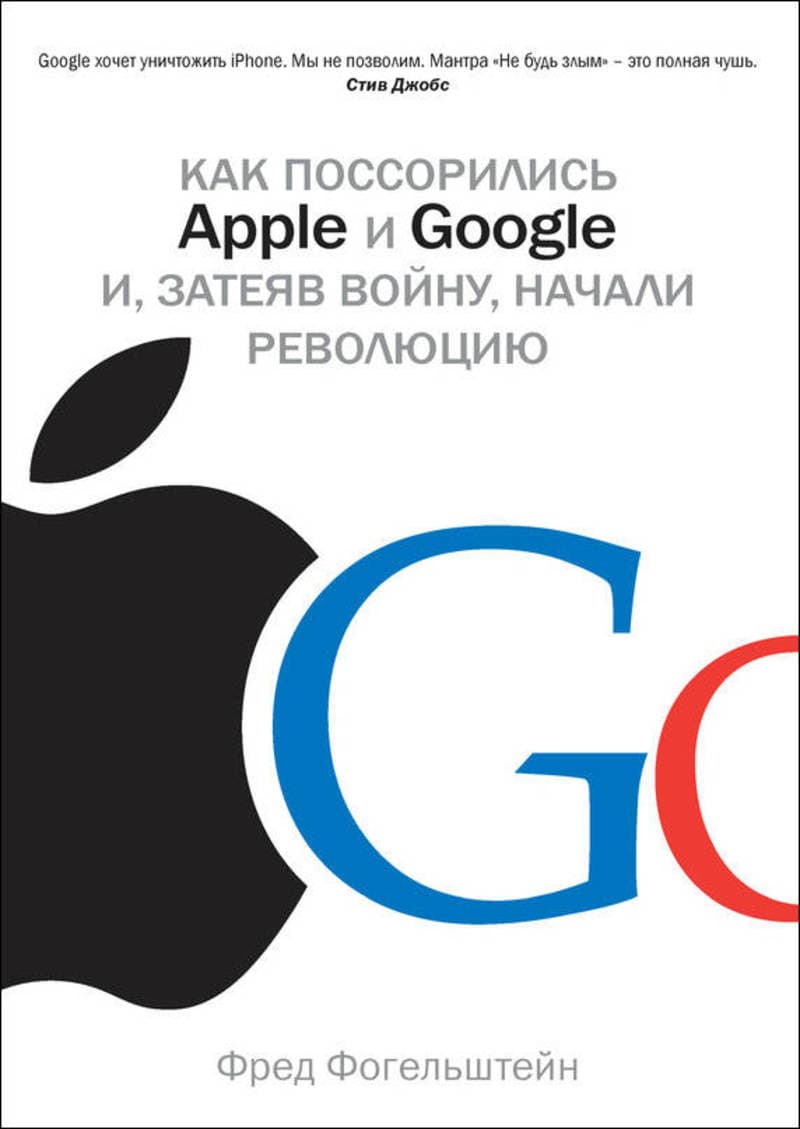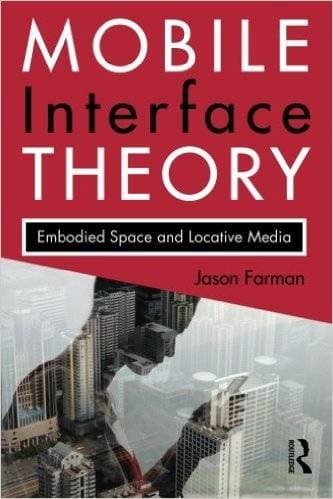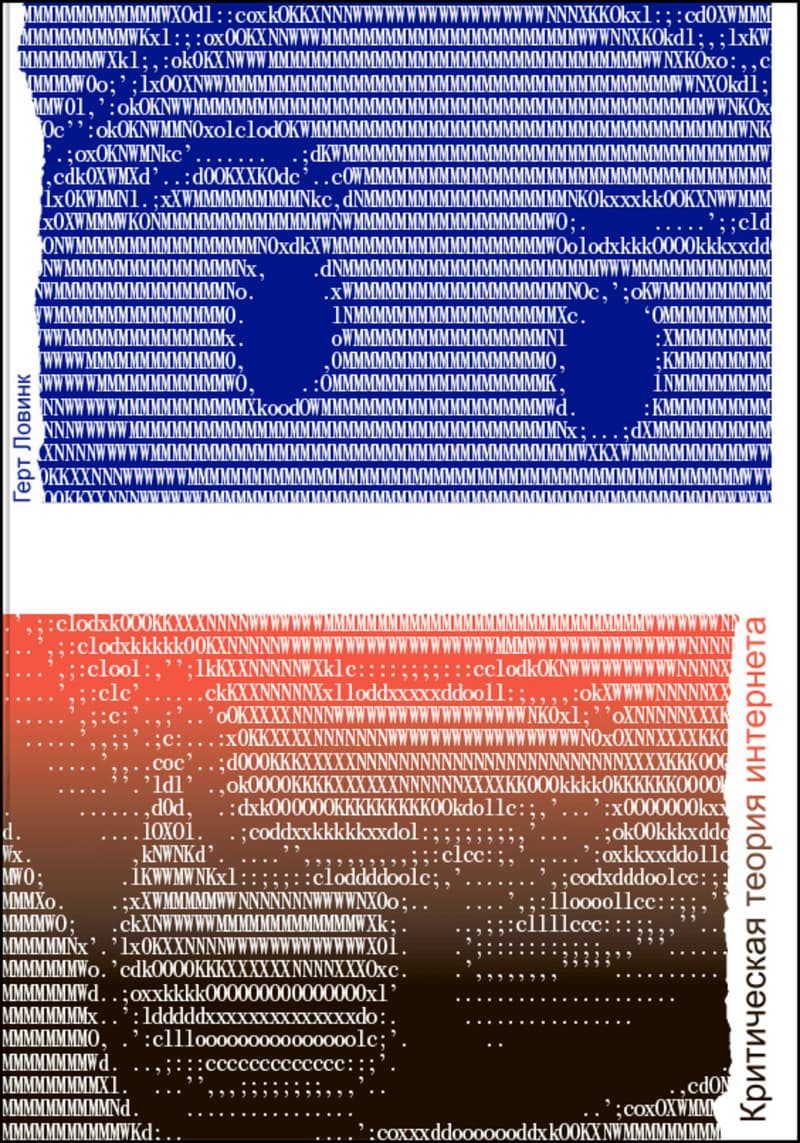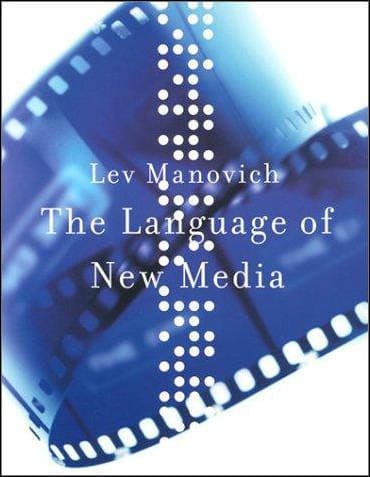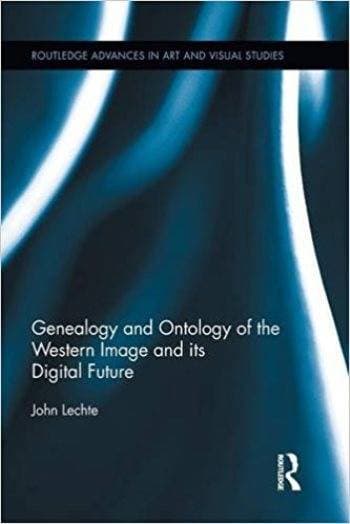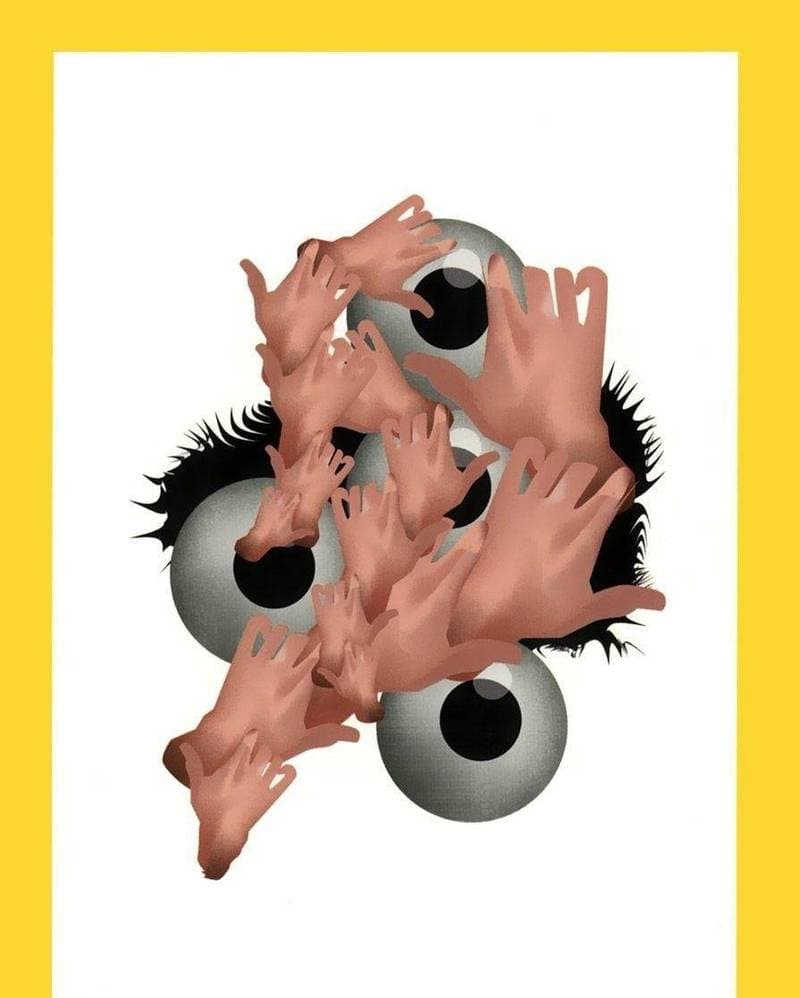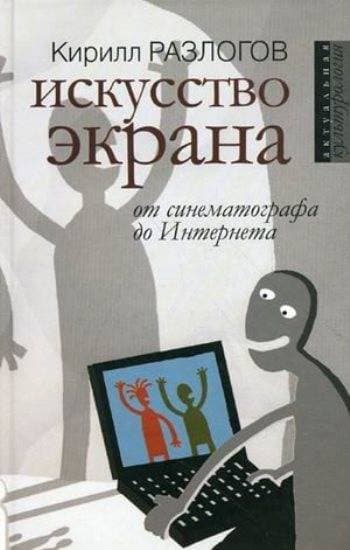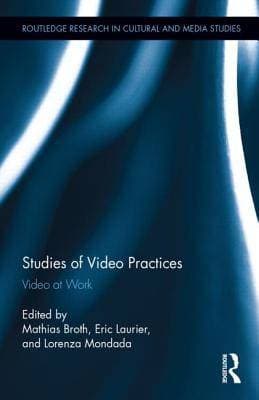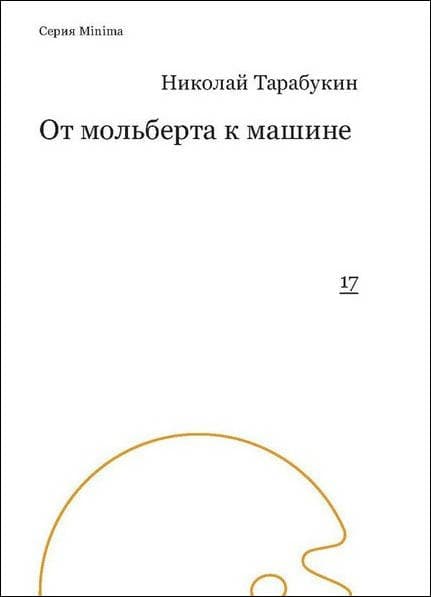Feedback: Television Against Democracy
American television embodies a paradox: it is a privately owned and operated public communications network that most citizens are unable to participate in except as passive specators. Television creates an image of community while preventing the formation of actual social ties because behind its simulated exchange of opinions lies a highly centralized corporate structure that is profoundly antidemocratic. In Feedback, David Joselit describes the privatized public sphere of television and recounts the tactics developed by artists and media activists in the 1960s and 1970s to break open its closed circuit.The figures whose work Joselit examines — among them Nam June Paik, Dan Graham, Joan Jonas, Abbie Hoffman, Andy Warhol, and Melvin Van Peebles — staged political interventions within television's closed circuit. Joselit identifies three kinds of image-events: feedback, which can be both disabling noise and rational response — as when Abbie Hoffman hijacked television time for the Yippies with flamboyant stunts directed to the media; the image-virus, which proliferates parasitically, invading, transforming, and even blocking systems — as in Nam June Paik's synthesized videotapes and installations; and the avatar, a quasi-fictional form of identity available to anyone, which can function as a political actor — as in Melvin Van Peebles's invention of Sweet Sweetback, an African-American hero who appealed to a broad audience and influenced styles of Black Power activism. These strategies, writes Joselit, remain valuable today in a world where the overlapping information circuits of television and the Internet offer different opportunities for democratic participation.In Feedback, Joselit analyzes such midcentury image-events using the procedures and categories of art history. The trope of figure/ground reversal, for instance, is used to assess acts of representation in a variety of media — including the medium of politics. In a televisual world, Joselit argues, where democracy is conducted through images, art history has the capacity to become a political science.
Details
Cambridge
2007
210 pages
9780262101202
Available on request
Yes
No
701.17 Jos
1
- Понимание медиа: внешние расширения человека2014
- Как поссорились Apple и Google и, затеяв войну, начали революцию2014
- Mobile Interface Theory: Embodied Space and Locative Media2012
- Критическая теория интернета2019
- The Language of New Media2001
- Genealogy and Ontology of the Western Image and Its Digital Future2012
- Техники наблюдателя2014
- Искусство экрана: от синематографа к Интернету2010
- Studies of Video Practices: Video at Work2014
- Новые соединения. Цифровые космополиты в коммуникативную эпоху2015
- От мольберта к машине2015
- По ту сторону репрезентации2021

